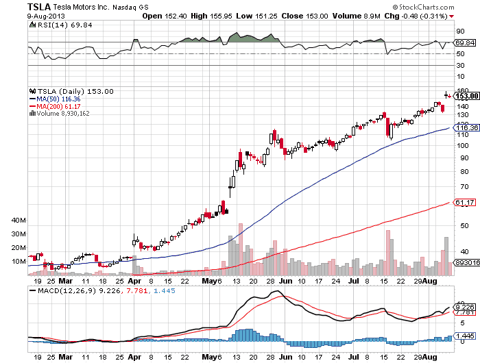Stocks Big risks for big rewards
Post on: 27 Июнь, 2015 No Comment

Stocks: Big risks for big rewards
Originally appeared in: Spring 2014
Stocks give investors shares of ownership in a company. When an investor purchases stock, they potentially risk losing some or all of their initial investment because the value of the stock can fluctuate greatly. So why do people buy them? Stocks can put money in your pocket.
Why Invest in Stocks?
If you have a higher tolerance for risk, stocks can be an efficient way to grow your finances. They offer the greatest chance for your money to grow, both in the short and long term. The down-side is they can lose value just as quickly. If you don’t pay attention, you may be left out in the rain.
- investopedia.com. This handy investing encyclopedia/dictionary will define any investment terms you don’t understand.
- google.com/finance. Google offers a tool for tracking everyday numbers and news on the companies you’re interested in.
- fool.com. This site offers everything from opinions and analyses to how-to articles to point you in the right investing direction.
What to Look For
Find a company you’re interested in, assess its performance and compare it to its competitors. It’s not always so easy to see how a company is performing. Consider these things before making your decision.
INCOME. To see what a company is making, take a gander at the company’s:
- Gross profit margin. This shows how many cents to the dollar of revenue a company actually makes. If this number is above one, it’s making money.
- P/E Ratio. This shows how much investors are willing to pay per a stock’s dollar of earnings. Historically, this ratio ranges from around 15-25; a high ratio means the market is optimistic about a company’s future growth.
DEBT. To compare a company’s overall debt (a.k.a. liabilities) to its assets, look at the balance sheet to determine its:
- Working capital. This is a measure of a company’s financial strength, meaning how many assets it has compared to liabilities. If its debt outweighs what it owns, the company may be unable to pay off its debt.
- Debt/Equity ratio. This shows how much debt compared to equity a company uses to finance its assets. For example, a debt/equity ratio of 3 means a company has $3 of debt per $1 of equity. Generally, the higher the number, the riskier the company.
CASH FLOW. This shows where a company’s income is coming from, and where it goes. This can be found on a company’s cash flow statement.
Sources: sec.gov; investopedia.com; investor.gov; fool.com














